Learning proper Italian pronunciation is one of the first things you should focus on when you start learning Italian, and here’s why: first of all, poor Italian pronunciation can lead to poor comprehension which leads to ineffective communication. The last thing you want is to not be understood when you order your food next time you visit Italy, right?
Secondly, there are occasions when using correct Italian pronunciation can actually save you from really embarrassing and awkward moments! A double consonant or a change of vowel in Italian can often make a huge difference. Curious to know more about the mispronounced words that can get you into serious trouble? Check out my guide on common Italian pronunciation mistakes English speakers make when learning Italian and commonly mispronounced Italian words
Improving your Italian pronunciation will also make you sound more like a native Italian speaker, which means it will be a huge confidence booster! Imagine being able to order your favourite meal at an Italian restaurant just the way a local would!
Finally, although making mistakes when learning Italian is part of the learning process, we should try to avoid mechanical errors in pronunciation that soon become bad habits in our speech and that in the long term are almost impossible to unlearn.
The good news is, Italian pronunciation is very VERY easy! Once you’ve learnt the basic rules and speech patterns, you’ll be happy to know that in Italian si pronuncia come si scrive (you pronounce it just like it’s written).
Unlike other languages such as French or even English, Italian is a phonetic language, which means that pronunciation rules are consistent and you only say what is written, letter by letter, even if you’ve never heard the word spoken before. This makes it super easy for complete beginners to read and speak Italian!
Even though Italian is a phonetic language, you should still take your time learning the fundamentals to make sure you get off to a great start on your journey to fluency! Clear pronunciation is a big part of building a solid foundation in the Italian language.
So, here are some tips, tricks and tools to use to improve your Italian pronunciation and Italian accent so you can speak with confidence. For more practice, use Italian tongue twisters to practice saying the most difficult letters combinations.
What makes Italian so… Italian? How Italian pronunciation works
Italian has its own linguistic traits, features, and speech patterns which make it uniquely beautiful. Knowing and adopting these traits will significantly improve your pronunciation. Who knows, you might even be mistaken for a native!
If you’re new to learning Italian, learn how to correctly pronounce each letter in the Italian alphabet with my detailed guide and video below.
Now, let’s take a look at each of the main features of Italian speech to understand what makes Italian native speakers sound so Italian so you can emulate them and improve your Italian pronunciation.
1. Italian words end in vowels
If you listen to a native Italian speaker talk in English, you’ve most certainly noticed this interesting habit. Italians tend to add a vowel sound even when there isn’t one. This has to do with the fact that all Italian words end in a vowel and if they don’t, they’re most likely borrowed or are loan words from other languages. For example, the Italian language uses the English words “computer”, “hotel”, “jeans”.
Since Italian words end in a vowel, Italians tend to replicate this same structure when speaking English too! They often add an “eh” or “uh” sound to the end, so you will hear words pronounced like becaus-eh or hav-eh.
Italian has between 5 to 7 vowel sounds, depending on the region and/or city whereas English has around 15 to 20 of them. Here is how Italian vowels are pronounced:
- A – It has only one, an open sound, like the “a” in father.
- E – It has two sounds: one open, as the “e” in net, and one closed, like the “a” in say.
- I – It has only one sound, as in eagle or in tree.
- O – It has two sounds: one open, as in dog and one closed, as in cozy.
- U – It has one, a very sharp sound, as in boot.
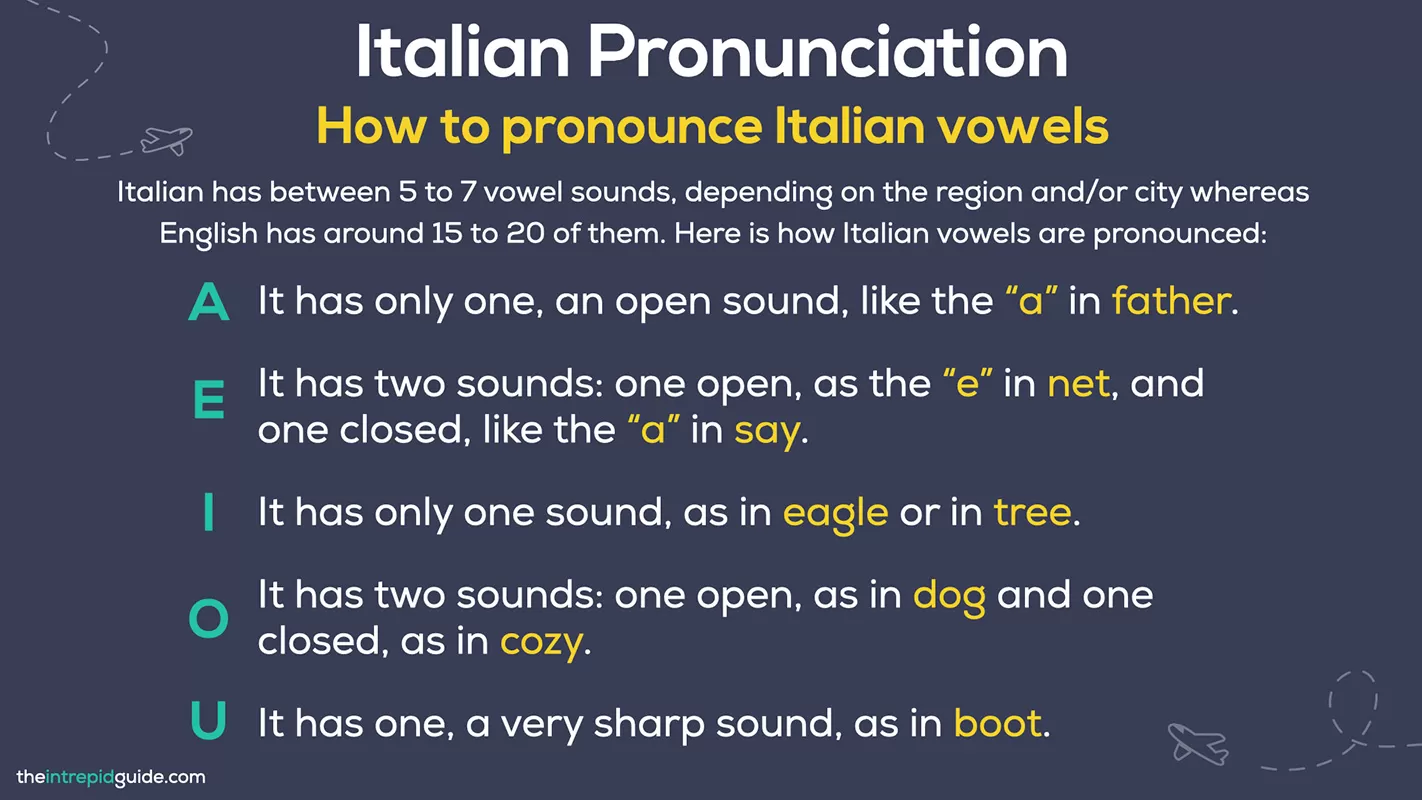 What’s important to remember is that Italian vowels are “pure”. This means they never change their sound depending on where they’re placed in the word. Take the English word “amazing”: the two “a”s have two different sounds; now take the Italian word “amare”: here, both “a”s are pronounced in the exact same way (a sharp “ah”).
What’s important to remember is that Italian vowels are “pure”. This means they never change their sound depending on where they’re placed in the word. Take the English word “amazing”: the two “a”s have two different sounds; now take the Italian word “amare”: here, both “a”s are pronounced in the exact same way (a sharp “ah”).
In English, words such as “about” (/əˈbaʊt/) or “woman” (/ˈwʊmən/) have a “schwa” or “uh” sound, represented by the symbol ə, this, however, doesn’t exist in the Italian language.
Similarly, the so-called GOAT vowel, that is, a vowel that moves toward another (like the “o” in “notes”), doesn’t exist in the Italian vowel system, and it will most likely be pronounced by Italians as a sharp “oh” (a single vowel sound), like “moh-ment”.
As we’ve seen above, the letter “i” in Italian corresponds to just one sound (similar to the English “ee”), which makes it quite confusing for Italians to distinguish between the pronunciation of English words such as “feet” and “fit” or “sheet” and “shit”.
One last thing to mention about Italian vowels is diphthongs. Diphthongs are a combination of two vowels where the first one is either an unstressed “i” or an unstressed “u” (such as ie, ia, io, ue, uo, ua).
Diphthongs quite common in Italian words. The letter “i” in a diphthong is pronounced like “y” in yard (e.g. “ieri” – yeh-ree, yesterday), and similarly “u” makes a sound like the English “w” (e.g. “guarda” – gwah-rdah, look).
In all other vowel combinations, such as au, ao, eo, each vowel has its usual sound, although in a stressed syllable one is longer than the other, and the two sounds are distinct, without merging them. For example, the word “pausa” (pause), is pronounced pah-oo-za.
2. Italian double consonants
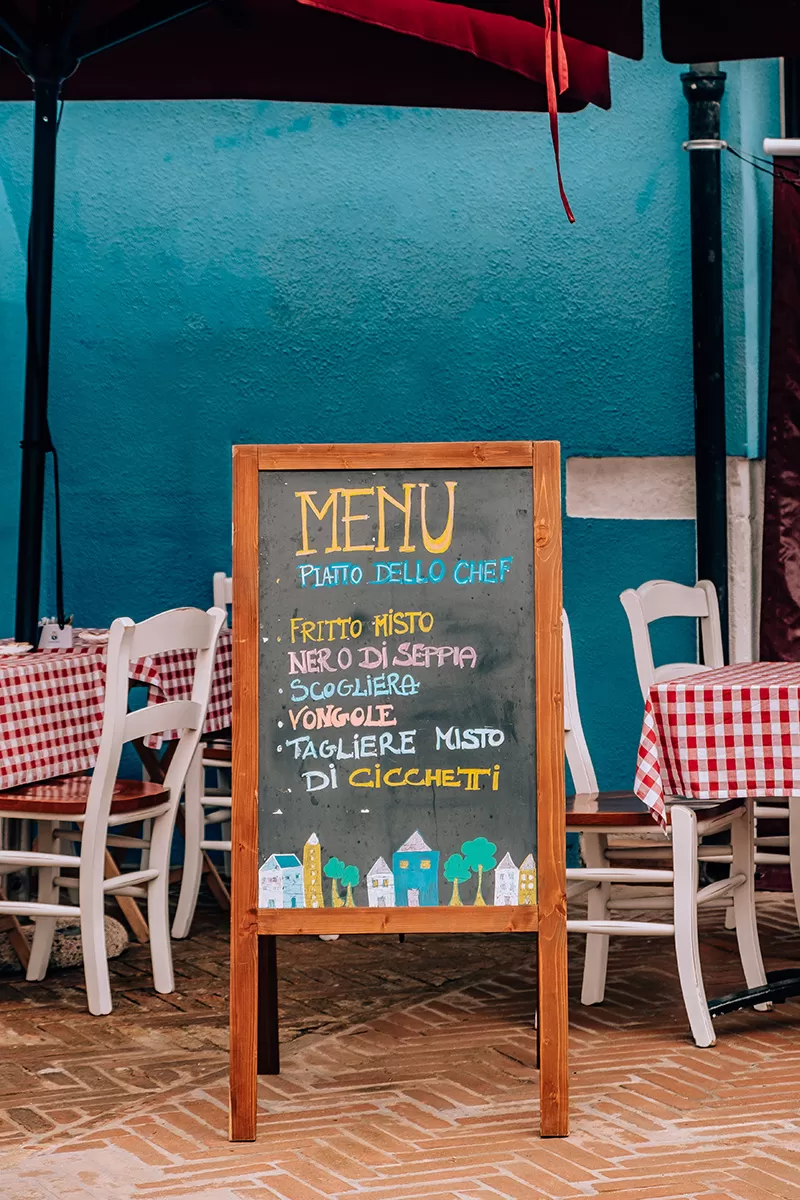 In Italian, you will often see that there are words containing a double consonant. Linguists call these double consonants “geminates”, which comes from the Latin word for “twin”.
In Italian, you will often see that there are words containing a double consonant. Linguists call these double consonants “geminates”, which comes from the Latin word for “twin”.
Pronouncing (and writing) double consonants in Italian is essential because the word takes on a completely different meaning! Here are just a few examples:
- sete (thirst) vs. sette (seven)
- camino (fireplace) vs. cammino (stroll)
- nono (ninth) vs. nonno (grandfather)
Sometimes, this can lead to embarrassing misunderstandings, as in penne (a type of pasta or pens) vs. pene (penis). Mamma mia!
Italian double consonants are pronounced as a longer sound (as if you were pausing on it: just hold the position of your mouth when the consonant is formed for a bit, and then release), or by taking less time on the preceding vowel. Here are some more words for practice: “palla” (ball), “mamma” (mum), “bello” (good-looking/nice), “tetto” (roof), and “letto” (bed).
3. The Italian R sound
The Italian R sound is not guttural like in French or German, that is, it’s not a harsh sound that is. produced in the throat, instead, it’s a rolling sound, like a short trill. To make the perfect R sound in Italian, place the tip of your tongue on the top of your mouth, just behind your two front teeth.
This is a fantastic tutorial that breaks it down step-by-step
Having said all this, it is also completely fine if (especially for absolute beginners) you can’t roll your R properly. Some Italians themselves are not able to roll the R perfectly, but it’s not a big deal. Be careful though, because here too it is easy to stumble over pronunciation errors and be misunderstood… Imagine ordering a dish of car-neh, “carne” (meat); if you don’t stress your R correctly, someone might think you are asking for some cah-neh, “cane” (dog)! Here are some more words to practice with: “azzurro” (light blue), “errore” (error), “raramente” (seldom), “rumore” (noise), and “carro” (wagon).
4. Where to put the emphasis in Italian words
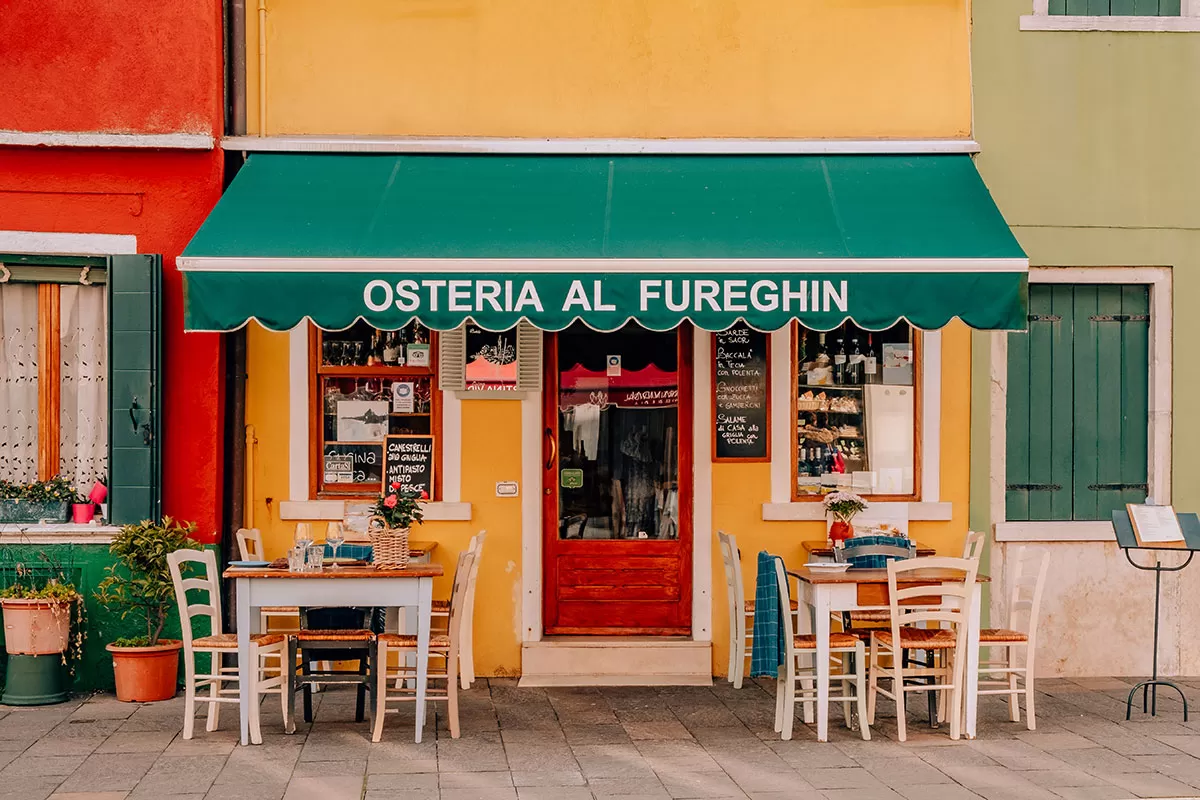 Placing the stress on the right syllable will make you sound more natural when you speak. In Italian, you usually stress the second-to-last (or penultimate) syllable of a word. Just think of some of the Italian words that are most widespread in English, such as: spaghetti, calzone, tagliatelle, ravioli, linguine, calamari, and Ferrari, just to name a few. What do they all have in common? Apart from all ending in a vowel, they all stress the second-to-last-syllable.
Placing the stress on the right syllable will make you sound more natural when you speak. In Italian, you usually stress the second-to-last (or penultimate) syllable of a word. Just think of some of the Italian words that are most widespread in English, such as: spaghetti, calzone, tagliatelle, ravioli, linguine, calamari, and Ferrari, just to name a few. What do they all have in common? Apart from all ending in a vowel, they all stress the second-to-last-syllable.
There are very few exceptions to this: for example, in “prin-ci-pe” (prince), “vi-ve-re” (to live) or “psi-co-lo-go” (psychologist) the third-to-last syllable is stressed.
In “per-ché” (why/because), “cit-tà” (city) or “ve-ri-tà” (truth) the last syllable is stressed. Notice what happens here? When the last syllable is stressed in Italian, the word ends with an accent mark.
Most Italian accented words have a grave accent (top left to bottom right), such as “caffè” (coffee), “papà” (dad), and “università” (university). However, other words, like connectors, have an acute accent (bottom left to top right), such as: “perché” (why/because), “finché” (until), and “benché” (albeit).
5. The Italian Letters S vs. Z
 In Italian, the letter S can be voiced or unvoiced. When it’s voiced, the S sound corresponds to the English Z sound, as in “zoo”, “amazing”, and “lazy”. The Italian S is generally voiced if (when single, not doubled) if it occurs between two vowels (e.g. “casa”, house), or if it precedes a consonant, like in the combinations SM (e.g. “smalto”, nail polish), SL (e.g. “sleale”, disloyal), SD (e.g. “sdegno”, outrage).
In Italian, the letter S can be voiced or unvoiced. When it’s voiced, the S sound corresponds to the English Z sound, as in “zoo”, “amazing”, and “lazy”. The Italian S is generally voiced if (when single, not doubled) if it occurs between two vowels (e.g. “casa”, house), or if it precedes a consonant, like in the combinations SM (e.g. “smalto”, nail polish), SL (e.g. “sleale”, disloyal), SD (e.g. “sdegno”, outrage).
When it’s unvoiced, the S sound corresponds to the English S sound, as in “slow”, “sea”, and “smile”. In Italian, words starting with an S followed by a vowel have an unvoiced S, such as “sale” (salt) or “sole” (sun). When the S is doubled, it’s always unvoiced, as in “messa” (church mass) or “rissa” (riot).
Similarly, the letter Z in Italian can be voiced or unvoiced. Attenzione! (Be careful!) In both cases, the Italian Z is pronounced differently than the English Z. When it’s voiced, it sounds like the combination of d+s, such as in the English word “pads” (e.g. “zanzara” – dsan-dsah-rah, mosquito; or “zio” – dsee-oh, uncle). When it’s unvoiced, it sounds like the combination of t+s, as in the English words “mats” (e.g. “influenza” – een-floo-ehn-tsa, influence or flu; “dizionario” – dee-tsyo-nah-ree-yo, dictionary).
There is no way to tell just from the spelling of a word containing the letter Z whether it is voiced or not. The best thing to do is to listen carefully to the pronunciation when you come across new words containing this letter.
6. Hard and soft sounds in Italian
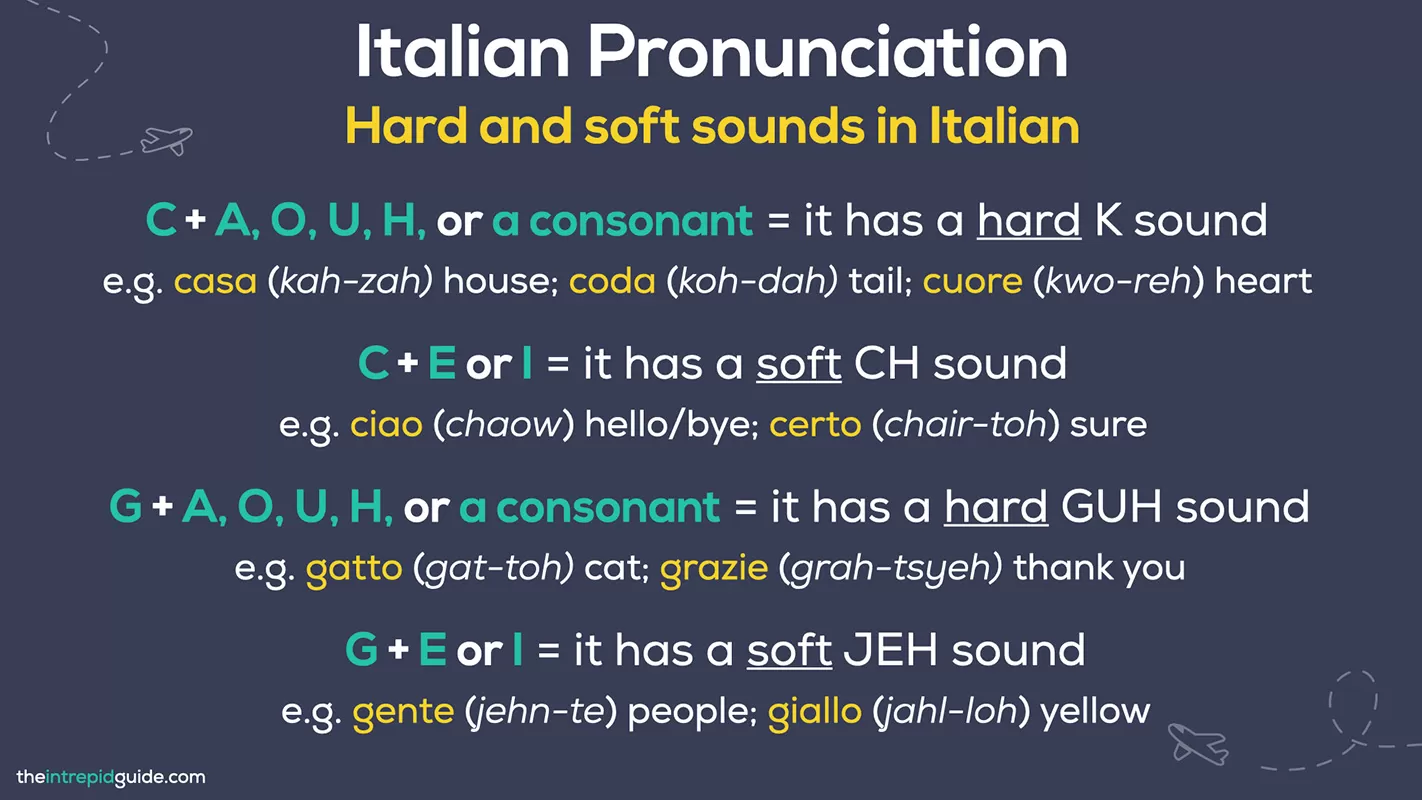 The letters C and G in the Italian language can be tricky because they are pronounced differently according to the other letters they are combined with! They can have a soft sound and a hard sound. Here is how to understand the correct pronunciation in Italian:
The letters C and G in the Italian language can be tricky because they are pronounced differently according to the other letters they are combined with! They can have a soft sound and a hard sound. Here is how to understand the correct pronunciation in Italian:
C + A, O, U, H, or a consonant = a hard K sound
When the letter C is followed by A, O, U, H, or a consonant, it has a hard K sound, like in Karen (e.g. “casa” – kah-zah, house; “coda” – koh-dah, tail; “cuore” – kwo-reh, heart; “anche” – ahn-keh, also/too; “croce” – kroh-cheh, cross).
C + E or I = a soft CH sound
When the letter C is followed by I or E, it has a soft sound, like in Charles (e.g. “ciao” – chaow, hello/bye; “certo” – chair-toh, sure).
G + A, O, U, H, or a consonant = a hard GUH sound
When the letter G is followed by A, O, U, H, or a consonant, it has a hard sound, like in Glen (e.g. “gatto” – gat-toh, cat; “gola” – goh-lah, throat; “gufo” – goo-foh, owl; “maghi” – mah-gee, wizards; “grazie” – grah-tsyeh, thank you).
G + E or I = a soft JEH sound
When the letter G is followed by I or E, it has a soft sound, like in George (e.g. “gente” – jehn-te, people; “giallo” – jahl-loh, yellow).
 As we saw at the beginning, in Italian you pronounce every single letter. There are, however, a few letter combinations with different pronunciations. Let’s call these exceptions to the rule. An example is the combination SC. As we saw before, for the letter C, here too we can have a soft or a hard sound.
As we saw at the beginning, in Italian you pronounce every single letter. There are, however, a few letter combinations with different pronunciations. Let’s call these exceptions to the rule. An example is the combination SC. As we saw before, for the letter C, here too we can have a soft or a hard sound.
- SC sounds like “sh” before E and I (e.g. “scena” – sheh-nah, scene; “scimmia” – sheem-mya, monkey).
- SC sounds like “sk” before A, O, U, H, or consonant (e.g. “scarpa” – skar-pah, shoe; “bosco” – boh-skoh, wood; “scudo” – skooh-doh, shield; “maschera” – mah-skeh-rah, mask).
7. The Italian Letter H
As for the letter H, in Italian, it’s always silent. If an H is put after C, G, or SC, it makes the sound “hard” (e.g. “scheda” – ske-dah, form/sheet). Sometimes, an H is needed in a one-syllable word to distinguish it from another Italian word that has the same pronunciation but a different meaning. For instance: “o” (or) vs. “ho” (I have); “a” (to or at) vs. “ha” (he/she has).
8. Other letter combinations in Italian
Here are some more combinations of letters that fall into the “exceptions” category. If you can master these, you are golden!
- GN: this letter combination is a nasal sound [ɲː] which sounds kind of sounds like the “ny” in the English word “canyon”, but not exactly the same. If you are familiar with Spanish, this is like the “ñ” in “España”. To come closer to the Italian sound, you need to put your tongue on the palate. Here are some words to practice saying: “gnocchi”, “gnomo” (gnome), “bagno” (bathroom), and “giugno” (June).
- GL: this combination makes a sound sort of like the double L in the English word “million”, or the double L in Spanish (e.g. “paella”) or the LH in Portuguese (e.g. “filho”), but not exactly. The Italian GL is more exaggerated. To come closer to the correct Italian sound, put the tip of your tongue behind your front teeth and move the tongue backwards toward your throat. Here are some words to practice saying: “famiglia” (family), “coniglio” (rabbit), “meglio” (better), and “giglio” (lily).
5 Powerful pronunciation tools you need to use
Once you’ve picked up the most important traits of Italian pronunciation, it’s time to put it all into practice. Remember: listening (and repeating) is the key to mastering Italian pronunciation! Exposure to Italian movies, Italian music and people will create an ideal environment for your learning.
You don’t need to live in Italy to improve your Italian pronunciation, here 5 powerful tools that will help you pronounce Italian correctly so you can boost your skills more than you think! Here are my top suggestions:
- Forvo, the pronunciation dictionary – This option is the best for single words and short phrases, without putting them in context. Just type the word you’re looking for in the search bar and then click play to listen to a native speaker pronounce it. For some words and phrases, it will provide you with more than one option from different people around Italy. Very cool!
- Youglish Italian – This tool uses YouTube to give you plenty of examples of how Italians talk in real-life and in context. When you enter a search term, it searches YouTube and provides you with various short snippets from YouTube videos including TV shows, documentaries, TED talks, series and so on. Unlike the previous tool, this is the best option to listen to words in real-life situations.
- VOCABOLaudio – This tool is good for checking the pronunciation of single words and it also gives you their translation in English.
- Dipi – Dizionario di pronuncia italiana online – If you’re a pro and have a good understanding of the IPA (International Phonetic Alphabet), check out this super professional online dictionary for a written indication of how Italian words are pronounced.
- Another well-known tool is Google translate, which you can also use to translate sentences. Be careful though – it’s not always 100% accurate! Google is constantly improving this tool’s accuracy so double-check individual words with the other tools listed above.
Other than these online tools, the best feedback you can receive is from Italian tutors, teachers and native speakers, so get talking! You don’t need to have the perfect pronunciation but practising is the only way you can be corrected so you can improve.
Whenever you’re not making yourself clear or are being misunderstood, the other person will ask a follow-up question and correct you. Over time, your mouth (and your brain) will start to catch onto the pronunciation patterns.
Embrace your accent
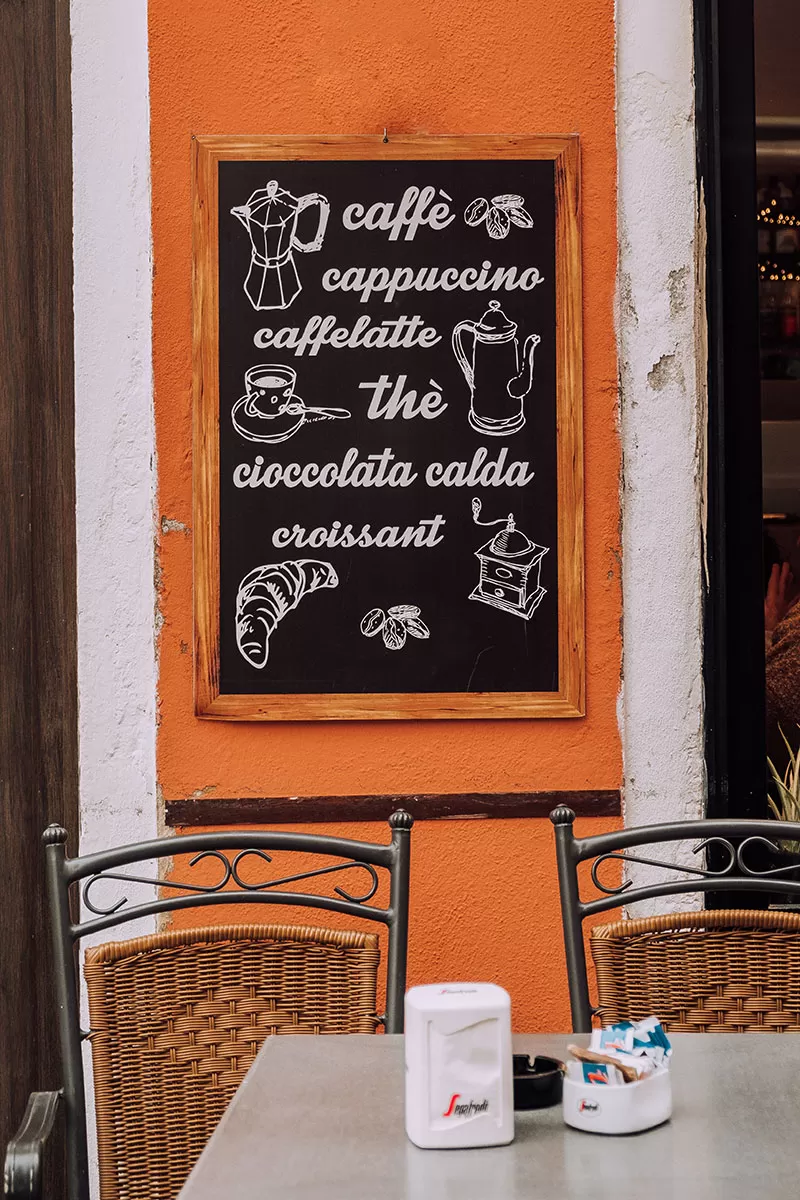 It may seem a lot to take in, but this is actually everything you need to know to ensure you sound like an Italian. As a beginner, internalising these few rules will get you a long way! Remember: just like with any skill, it’s all about practice. You’re bound to make common Italian pronunciation mistakes, it’s part of the journey. But just remember that every single time you practice, whether it’s repeating a phrase over and over or singing along to Italian songs, it is taking you one step closer to more correct Italian pronunciation.
It may seem a lot to take in, but this is actually everything you need to know to ensure you sound like an Italian. As a beginner, internalising these few rules will get you a long way! Remember: just like with any skill, it’s all about practice. You’re bound to make common Italian pronunciation mistakes, it’s part of the journey. But just remember that every single time you practice, whether it’s repeating a phrase over and over or singing along to Italian songs, it is taking you one step closer to more correct Italian pronunciation.
This guide is not intended to scare you off into never speaking again, but rather to help you tidy up common pitfalls so you’re able to be a clear and confident communicator. Don’t worry too much if it still doesn’t sound perfect to you. Having an accent while speaking Italian is endearing to others and not a marker of our failings or our inability to speak perfectly. Just think how adorable the Italian accent sounds to us when Italians speak English! They feel the same way about us :)
Keep talking
Don’t be afraid of speaking with an accent; Italians themselves, from north to south, speak with plenty of accents or pronounce words in different ways. In some regions and even cities, certain vowels are pronounced short and closed, while in others they are pronounced long and open.
Although most of the time they can still understand each other, misunderstandings can occur even amongst Italians! If you want to get a deeper understanding of how the Italian language and pronunciation varies across the country, check out these two entertaining videos showing the diversity of Italian accents:
Last but not least, don’t forget that an essential part of Italian communication is made up of hand gestures! Italians use a lot more non-verbal communication than other nationalities. Not sure what the other person said? Hold your hands out, palms facing upwards and shrug your shoulders like you’re saying “What?”. Learn more about Italian hand gestures here.
 Enjoyed this guide? Are you a beginner or an intermediate Italian learner? Got a trip coming up or want to communicate with your Italian partner or relatives in Italian? Learn Italian with my unique 80/20 method
Enjoyed this guide? Are you a beginner or an intermediate Italian learner? Got a trip coming up or want to communicate with your Italian partner or relatives in Italian? Learn Italian with my unique 80/20 method
Registrations are now open to join Intrepid Italian, my new series of online video courses that use my unique 80/20 method. You’ll go from a shy, confused beginner to a proficient and confident intermediate speaker, with me as your trusty guide.
You’ll finally be able to connect with your Italian partner, speak to your relatives and enjoy authentic travel experiences in Italy that you’ve always dreamed of, and so much more.
As a native English speaker who learned Italian as an adult, I know what it’s like to feel hopeless and lack the confidence to speak. I know what it’s like to start from scratch and to even go back to absolute basics and learn what a verb is!
Intrepid Italian was created with YOU in mind. I use my working knowledge of the English language to help you get into the ‘Italian mindset’ so you can avoid the common pitfalls and errors English speakers make – because I made them once too! I break everything down in such a way that it ‘clicks’ and just makes sense.
No matter what your level is, there is an Intrepid Italian course for you, including:
- 🇮🇹 Intrepid Italian for Beginners (A1)
- 🇮🇹 Intrepid Italian for Advanced Beginners (A2)
- 🇮🇹 Intrepid Italian for Intermediates (B1)
You can join 1, 2, or all 3 courses, it’s entirely up to you. The best part is that you have lifetime access so you learn anytime, anywhere and on any device.
As your guide, I walk you through each lesson, step-by-step, using my unique 80/20 method. My approach is different from traditional methods because I teach you the most important 20% of the language right from the beginning so you can start to speak straight away.
Each course includes video lessons, audio exercises, downloadable worksheets, bonus guides, a private support community, and lifetime access all designed to streamline your learning while having fun.
It even comes with my famous Celebrate with a Spritz Guarantee. After 30 days of using Intrepid Italian, if you don’t want to celebrate your newfound Italian skills with an Aperol Spritz, you don’t have to pay a penny! Cheers! 🥂
Join Intrepid Italian here and start learning today!
Ci vediamo lì! (See you there!)
Learning Italian? Check out these Italian language guides
- Italian for Beginners | How to Learn Italian in 3 Simple Steps
- Italian Cognates & Loanwords: 17 Rules to Italianizing English Words You Already Know
- Ultimate Guide to the Italian Alphabet: Letters, Pronunciation, and Stress
- How to say ‘Merry Christmas’ in Italian [Plus New Year Vocabulary and Quiz]
- 34 Words That Don’t Exist in Italian (English Loanwords in Italian)
- Italian Culture: 19 Weird Things Italians Do That No One Warns You About
- 17 Weird Italian Superstitions Italians ACTUALLY Live By
- 17 Must-Know Italian Hand Gestures: The Ultimate Guide
- Top 24 Most Important Verbs in Italian (Plus PDF Cheat-Sheet & Quiz)
- 10 Ways Natives REALLY Say ‘You’re Welcome’ in Italian
- How to say ‘Please’ in Italian in 9 Ways Like a Native
- 41 Italian Greetings: How to Say ‘Hello’ in Italian Like a Local
- 125 Most Common Italian Phrases for Travel You’ll Ever Need [PLUS Printable]
- 8 DEADLY mistakes in Italian (& How to Avoid Them)
- How to Conjugate Italian Verbs in 3 Simple Steps [Italian for Beginners]
- Is Italian Hard to Learn? 7 Common Mistakes & How to Avoid Them
- Master Days of the Week in Italian (7 Simple Memory Hacks)
- Italian Numbers: How to Count in Italian From 0 to 1 Billion (Plus PDF Download)
- How to Order Food & Drinks in Italian [Italian for Beginners]
- 15 Italian Words You Should NEVER Mispronounce [& How Not To]
- 11 Effective Hacks That’ll Help You Learn Italian So Much Faster
- Top 14 Italian Words You Should NEVER Say [& What to Use Instead]
- 20 Hilarious Everyday Italian Expressions You Should Use
- Romanesco: 25 Cool Roman Dialect Words You Should Use in Rome
- 10 Reasons Why Learning Italian Will Change Your Life
- 10 Italian Expressions Italians Love Saying
- 10 Italian Phrases That Will Instantly Make You Sound more Italian
- Funny Italian Sayings: 26 Food-Related Insults You Won’t Forget
- 15 Romantic Italian Films That’ll Make You Love Italy Even More
- How to Master Common Italian Phrases for Travel (Like a Local!)
Like it? Pin it for later!

Over to you!
Did you find this guide helpful? Got a question? Let me know using the comments section below or join me on social media @intrepidguide or @intrepiditalian to start a conversation.
Thanks for reading and I hope you enjoyed this post.
Like what you see? Subscribe using the form below to have all of my posts delivered directly to your email.

